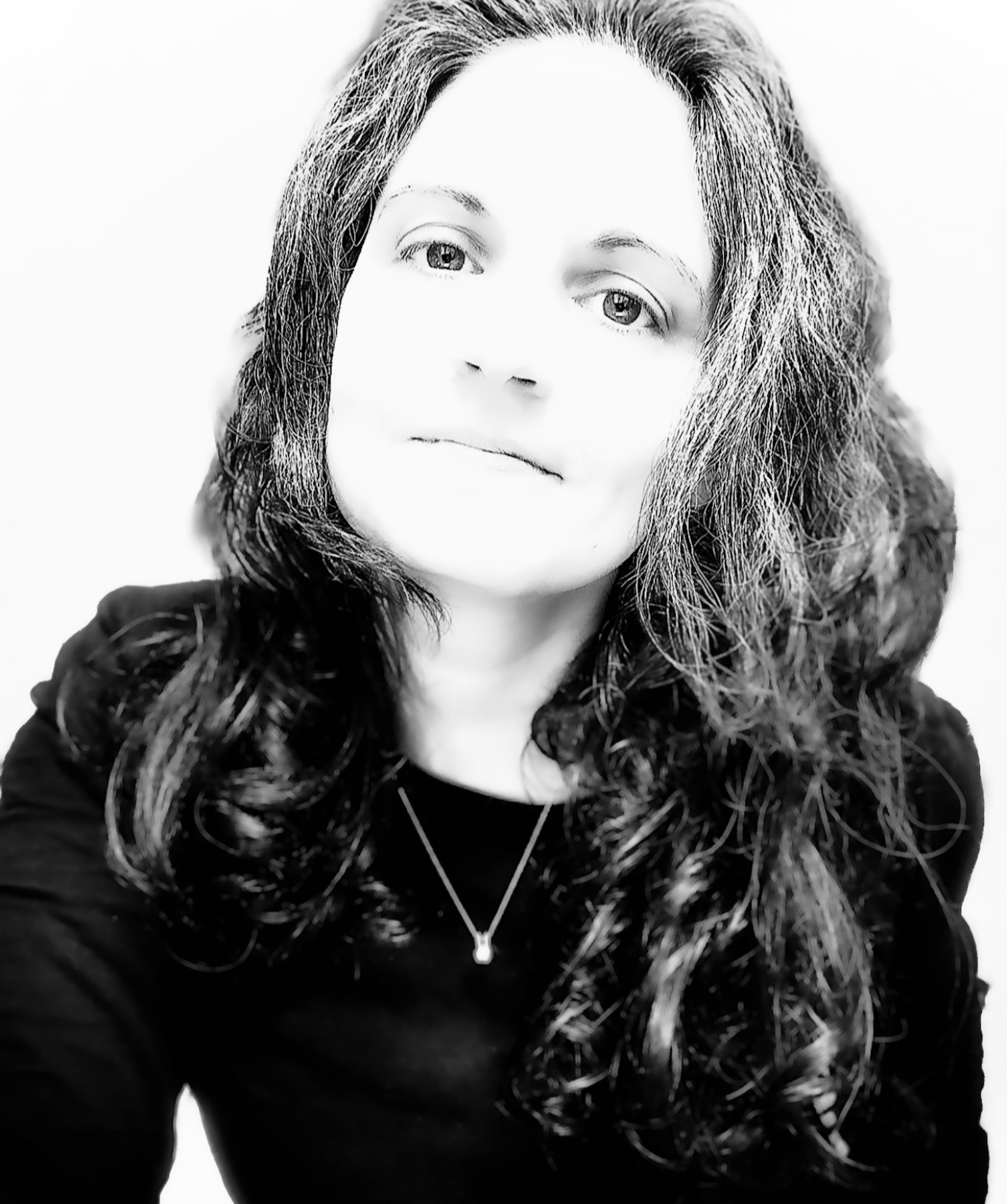From art to film to music to dance, Brown alumni are reimagining the possibilities of artistic expression and sharing the sources of their creativity.
Science and art may seem antithetical, but Puerto Rican-born artist, biologist, and aspiring mindfulness teacher Atabey Sánchez-Haiman ’95 has found a way to bridge the gap between the two.
“Art and science are both parts of who I am, and I think that my science background positively influences my artwork,” says Sánchez-Haiman, who graduated from Brown with a bachelor’s degree in biology. 
Her interest in the arts was spurred by her early interactions with friends who were engaged in painting, sculpting, printmaking, and other creative studies at the Rhode Island School of Design (RISD). She soon realized that scientific exploration in the lab had a lot in common with the creative environment they cultivated in art studios.
“Like a studio, a lab can be a very creative and fun place to be and there is something about the spontaneous creativity of an art studio and their similarities that stayed with me,” she says.
Best known for her pop art illustrations and paintings—some of which are permanently displayed in the Blue Room of the Stephen Robert ’62 Campus Center—Sánchez-Haiman uses vibrant red, yellow, and orange colors in her work to do more than just stop observers in their tracks: “When people come into my studio, they often smile and comment on how the space makes them feel happy.”
Currently, Sánchez-Haiman is enrolled in the Mindfulness Center at Brown’s Mindfulness-Based Stress Reduction (MBSR) training and MBSR teacher training programs for people serving historically underrepresented racial and ethnic groups in the mindfulness field, which she says will prepare her to use “art and mindfulness as activism and vehicles for personal and societal change.”
How would you describe your art?
My artistic philosophy is to make art that gives you a moment of joy. People have said that my art makes them feel happy. It has made me realize how powerful art can be in eliciting emotions.
Combining art and mindfulness is my new focus these days. I am training to teach MBSR (Mindfulness Based Stress Reduction) at Brown, as part of an initiative to diversify the mindfulness field. I want to combine art and mindfulness to create safe spaces for marginalized communities to come together to heal, recharge, cultivate joy, and effect change.